7 Bassi Roti Myths to Forget and 5 Health Benefits That Actually Matter
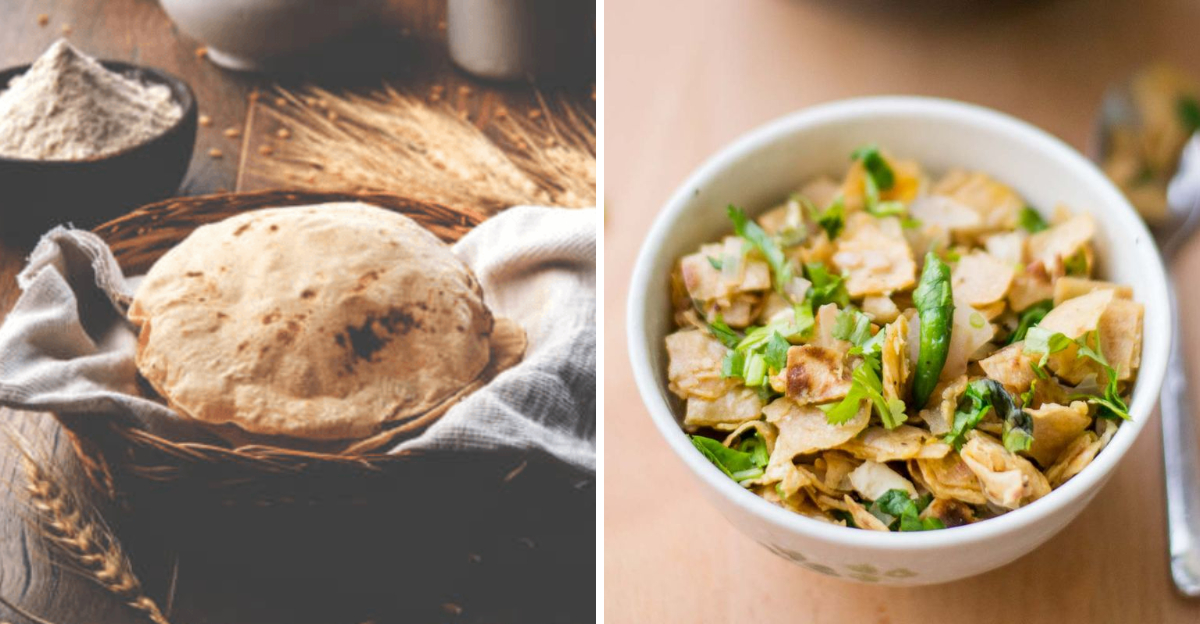
“Bassi roti” (leftover roti or chapati from the previous day) has been a staple in many households for generations. But over the years, plenty of myths have grown around it—some calling it unhealthy, others claiming near-magical benefits. So, what’s true and what’s not? Here’s the real deal: bassi roti can be a smart, frugal, and even healthy option—if you know what to believe. Let’s bust some myths and spotlight what actually matters.
1. Myth 1: It Has No Nutritional Value

False. Bassi roti still retains fiber, carbohydrates, and some nutrients from the flour. It’s not fresh, but it’s not worthless either. Imagine enjoying a meal where every bite is a reminder of the nutritional goodness locked within the grains. The fibers in bassi roti continue to contribute to a healthy digestive system. While it might not boast the freshness of newly made roti, its nutritional value is far from diminished. This humble staple still plays its part in a balanced diet.
2. Myth 2: It Turns Toxic Overnight

Wrong. Unless stored improperly, bassi roti is perfectly safe to eat the next day. Just keep it refrigerated and reheat thoroughly. Picture a well-preserved roti, safely tucked away in a refrigerator, ready to be revitalized with a simple reheat. This process ensures it remains safe and wholesome. Proper storage is key in maintaining its edibility. So long as it’s kept in the right conditions, there’s no risk of toxic transformation overnight.
3. Myth 3: It Causes Digestive Issues
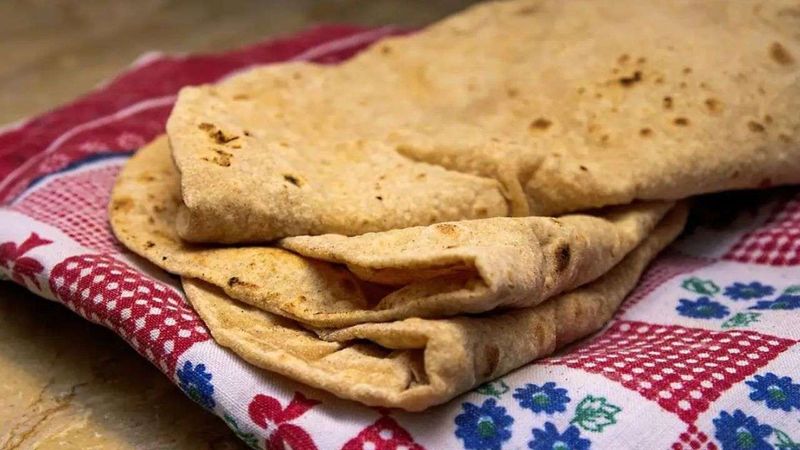
Not necessarily. For some people, day-old roti is easier on the stomach since starches break down slightly and become more resistant—great for gut health. Visualize a harmonious digestive journey where the gentle breakdown of starches eases your digestive process. This transformation into resistant starch supports gut flora and promotes digestive well-being. Contrary to common fears, bassi roti can be a companion to your digestive health, not a hindrance.
4. Myth 4: It’s Only for the Poor or Frugal
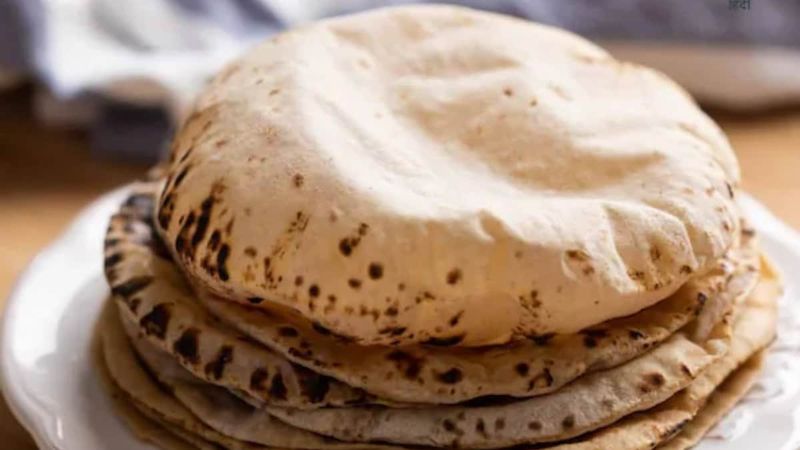
Outdated idea. Bassi roti is common across all kinds of households. It’s about reducing food waste and making smart use of leftovers. Picture families from different walks of life gathered around a table, sharing stories and bassi roti. It’s not about economic status but a wise and conscious choice. Embracing leftovers is an act of sustainability and respect for food resources, transcending socio-economic boundaries.
5. Myth 5: It Should Only Be Eaten Cold

Nope. You can warm it, toast it, break it into “roti chivda,” or cook it in milk to make a quick desi porridge. Lots of options! Envision a culinary adventure where leftovers transform into exciting new dishes, each bursting with flavor. The versatility of bassi roti invites creativity and exploration in the kitchen. Whether warmed, toasted, or crafted into a new dish, it defies the cold stereotype.
6. Myth 6: It Tastes Bad No Matter What

Not true. Texture changes, yes, but with the right toppings (like ghee, pickle, or curd), bassi roti can taste amazing. Imagine a plate of bassi roti transformed into a gourmet experience with the addition of flavorful toppings. The texture may change, but the potential for deliciousness remains. By experimenting with different accompaniments, bassi roti becomes a delightful part of the meal, breaking the myth of blandness.
7. Myth 7: It Can’t Be Made Interesting
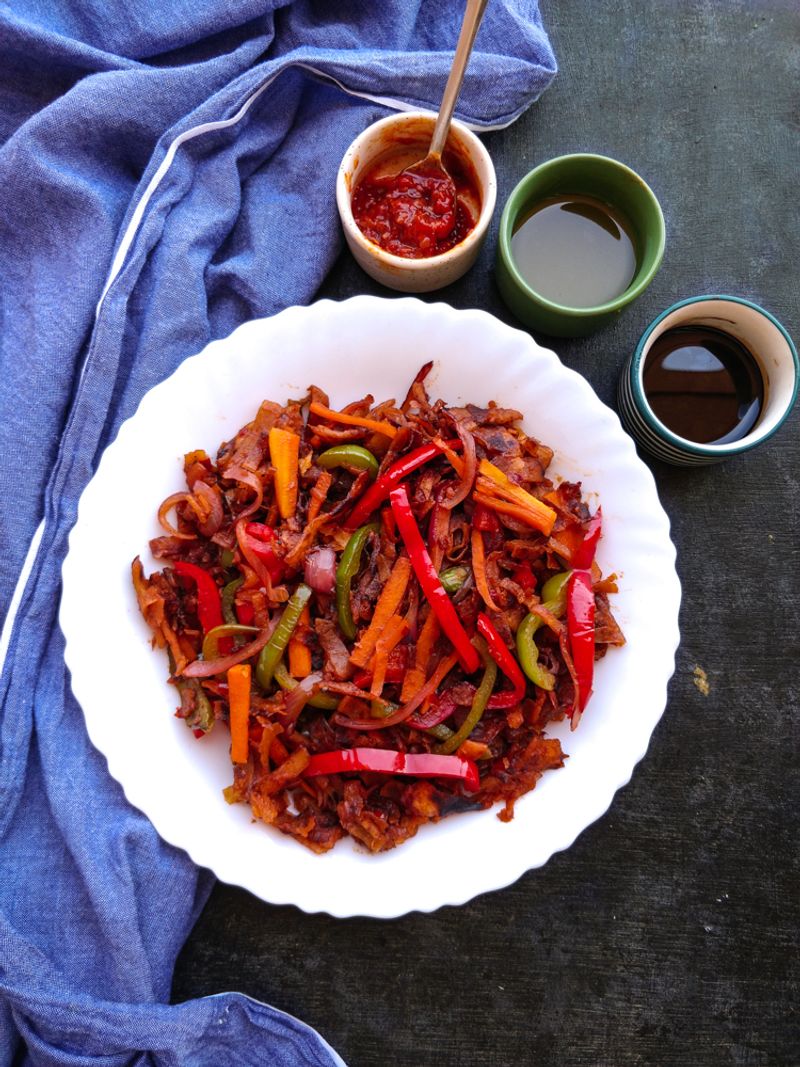
Totally false. From making bassi roti chaat to reusing it in upma-style stir-fries or wraps, it’s surprisingly versatile. Picture a dynamic kitchen scene where bassi roti takes center stage, transformed into an exciting dish. The possibilities are endless, and creativity knows no bounds. From wraps to stir-fries, bassi roti can be the star of any meal, proving that it’s far from boring.
8. Health Benefit 1: Rich in Resistant Starch
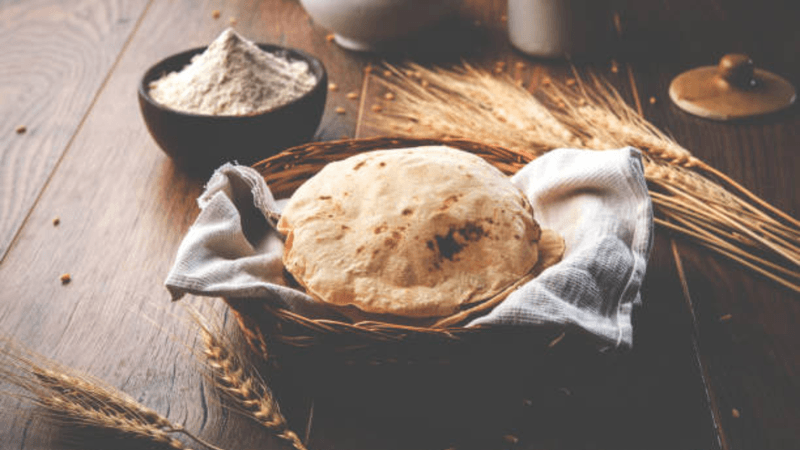
As the roti cools overnight, some starch converts to resistant starch, which acts like fiber—feeding good gut bacteria and improving digestion. Imagine the transformation as starches in bassi roti evolve into beneficial resistant starch, fostering a healthy gut. This change enhances digestive health by nurturing the beneficial bacteria. Being rich in resistant starch, bassi roti offers a valuable health benefit, supporting overall well-being.
9. Health Benefit 2: Keeps You Full Longer

Resistant starch slows down digestion, helping you feel full and curb unnecessary snacking. Visualize a satisfying meal where the feeling of fullness lingers, curbing the urge to snack needlessly. Bassi roti’s resistant starch plays a significant role in prolonging satiety, supporting weight management goals. This extended feeling of fullness is a noteworthy benefit, making bassi roti a smart dietary choice.
10. Health Benefit 3: Low Glycemic Index

Bassi roti generally has a lower glycemic impact than freshly made roti, which is a bonus for people managing blood sugar. Picture a gentle line on a graph representing the steady release of energy from bassi roti. Its low glycemic index helps in maintaining stable blood sugar levels. For those managing diabetes or mindful of sugar intake, bassi roti is an advantageous component of their diet.
11. Health Benefit 4: Great for Weight-Conscious Diets
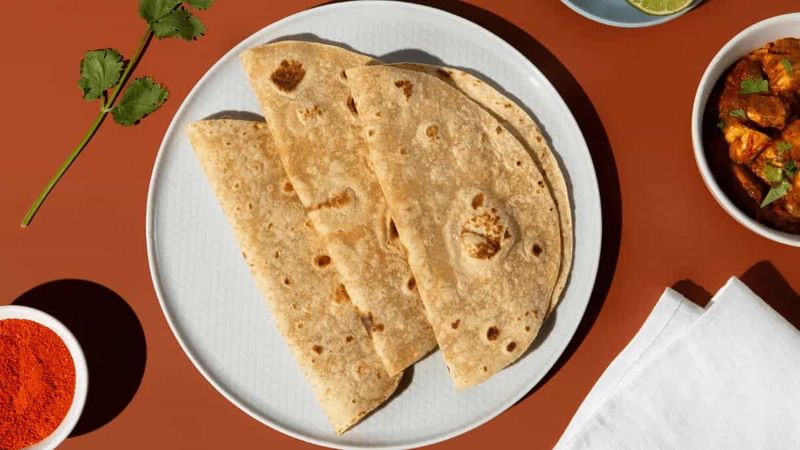
Reheated or dry-toasted bassi roti (without added ghee or butter) is lighter and can be included in calorie-aware meals. Imagine a beautifully balanced plate where reheated bassi roti joins fresh salads in a calorie-conscious meal. The lightness of bassi roti complements weight management efforts. By being mindful of preparation, it becomes a valuable ally in maintaining a healthy lifestyle.
12. Health Benefit 5: Reduces Food Waste

Not a health benefit for your body, but definitely a wellness win for the planet. Using leftovers helps cut food waste and promotes mindful eating. Envision a world where food waste is minimized, and every morsel is respected. Bassi roti embodies this philosophy, reducing waste and contributing to environmental wellness. Embracing leftovers like bassi roti is a step towards sustainability, benefiting the earth.
